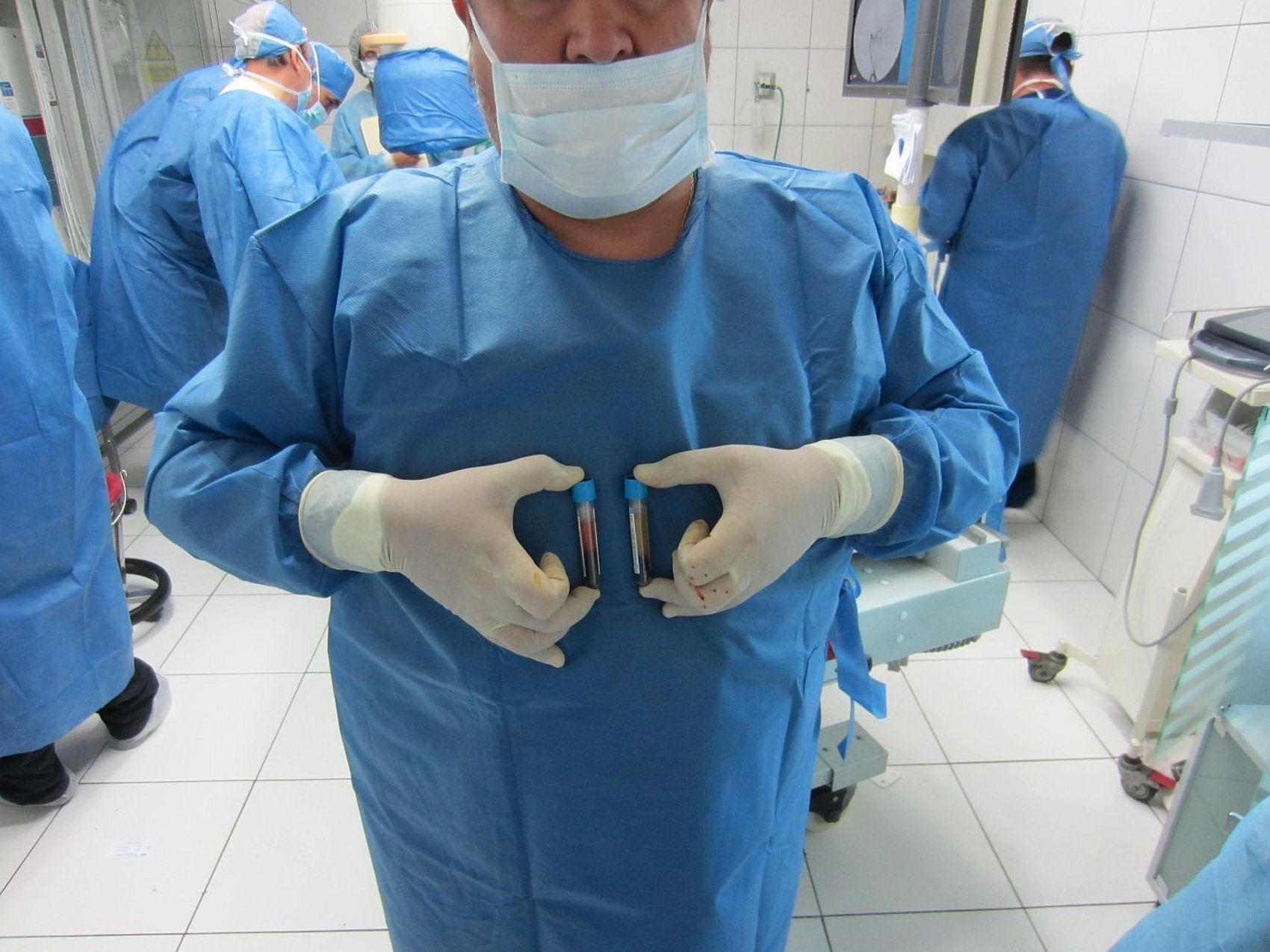

Chandra utilizes lineage-tracing methods to accurately characterize the mesenchymal fate and identify the pathways that regulate cell fate. His research aims to define the cues that regulate mesenchymal cell fate and assign them to an osteogenic or adipogenic fate. Chandra focuses on therapeutic options to regulate bone marrow adiposity. This is one major reason bones fail to regenerate in osteoporotic conditions.ĭr. Intriguingly, the depletion in functional MSCs often correlates with the increase in adiposity. Bone marrow has a limited MSC pool that depletes with age and after disease. However, study of these cells has increased our general knowledge about normal development, what changes in aging, and what happens with injury and disease.Mesenchymal stem cells (MSCs) are multipotent stem cells that can differentiate into a variety of cell types, including bone cells (osteoblasts), cartilage cells (chondrocytes), muscle cells (myocytes) and fat cells that give rise to marrow adipose tissue (adipocytes). Tissue-specific stem cells can be difficult to find in the human body, and they don’t seem to self-renew in culture as easily as embryonic stem cells do. Some tissues and organs within your body contain small caches of tissue-specific stem cells whose job it is to replace cells from that tissue that are lost in normal day-to-day living or in injury, such as those in your skin, blood, and the lining of your gut. However, blood-forming stem cells don’t generate liver or lung or brain cells, and stem cells in other tissues and organs don’t generate red or white blood cells or platelets. Typically, these stem cells can generate different cell types for the specific tissue or organ in which they live.įor example, blood-forming (or hematopoietic) stem cells in the bone marrow can give rise to red blood cells, white blood cells and platelets. Tissue-specific stem cells (also referred to as somatic or adult stem cells) are more specialized than embryonic stem cells. Human embryonic stem cells have been derived primarily from blastocysts created by in vitro fertilization (IVF) for assisted reproduction that were no longer needed. These cells are incredibly valuable because they provide a renewable resource for studying normal development and disease, and for testing drugs and other therapies. However, when scientists extract the inner cell mass and grow these cells in special laboratory conditions, they retain the properties of embryonic stem cells.Įmbryonic stem cells are pluripotent, meaning they can give rise to every cell type in the fully formed body, but not the placenta and umbilical cord.

In normal development, the cells inside the inner cell mass will give rise to the more specialized cells that give rise to the entire body-all of our tissues and organs. A human blastocyst is about the size of the dot above this “i.” Embryonic stem cells are obtained from the inner cell mass of the blastocyst, a mainly hollow ball of cells that, in the human, forms three to five days after an egg cell is fertilized by a sperm.


 0 kommentar(er)
0 kommentar(er)
